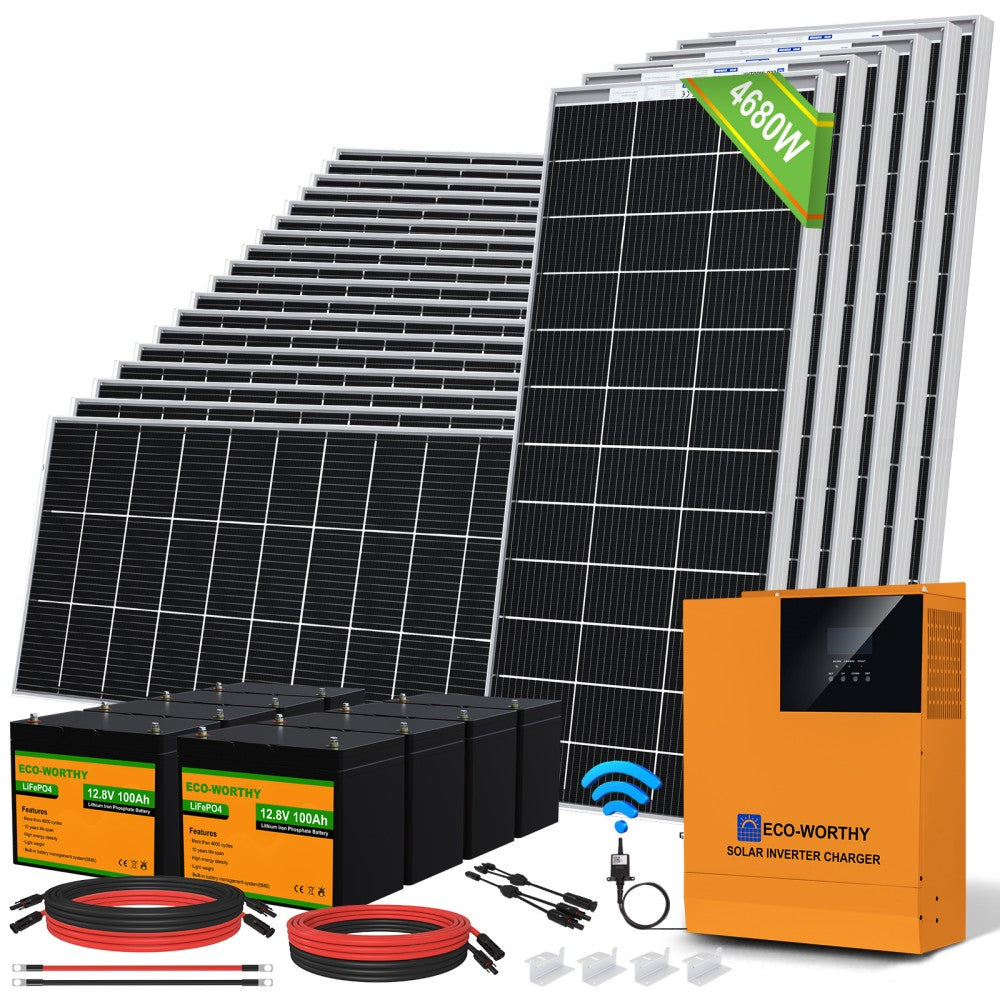Blog Information
- Posted By : Ventura Pleasanton
- Posted On : Aug 27, 2024
- Views : 55
- Category : Travel
- Description : Choosing the Right Size for Your Off-Grid Solar System: Meeting Energy Needs Efficiently
Overview
- off grid solar
Off-grid solar systems have become increasingly popular as a sustainable and cost-effective solution for meeting energy needs. However, choosing the right size for your off-grid solar system is crucial to ensure efficient energy production and consumption. In this article, we will explore the key factors to consider when determining the appropriate size for your off-grid solar system.

Understanding Your Energy Needs
Before diving into the technical aspects of sizing your off-grid solar system, it is essential to have a clear understanding of your energy needs. Start by assessing your daily energy consumption, taking into account appliances, lighting, and other electrical devices you use regularly. This will give you a baseline to work with when determining the size of your solar system.
Additionally, consider any future changes or expansions in your energy needs. Are you planning to add more appliances or increase your energy consumption in the future? It is crucial to account for potential growth to avoid the need for costly system upgrades down the line.
Calculating Your Solar System Size
Once you have a clear understanding of your energy needs, you can begin calculating the size of your off-grid solar system. The two primary factors to consider are your daily energy consumption and the amount of sunlight available in your location.
To determine your daily energy consumption, add up the wattage of all the appliances and devices you use throughout the day. Multiply this total by the number of hours each device is used to obtain the total watt-hours consumed daily. This will give you an estimate of the energy your solar system needs to generate.
Next, consider the amount of sunlight available in your location. Different regions receive varying levels of sunlight throughout the year, so it is essential to research the average daily solar irradiation in your area. This information will help you calculate the size of your solar system's photovoltaic (PV) array, which is responsible for converting sunlight into electricity.
It is important to note that solar panels do not operate at maximum efficiency all the time. Factors such as shading, temperature, and panel orientation can affect their performance. Therefore, it is recommended to include a safety margin when sizing your solar system to account for these variables.
Optimizing Efficiency and Storage
Efficiency and storage are crucial considerations when choosing the right size for your off-grid solar system. By optimizing these aspects, you can ensure that your system meets your energy needs efficiently.
Firstly, consider the efficiency of your solar panels. High-quality panels with a higher efficiency rating will generate more electricity from the same amount of sunlight. While they may be more expensive upfront, they can lead to greater long-term savings by maximizing energy production.
Secondly, think about the storage capacity of your system. Off-grid solar systems typically rely on batteries to store excess energy generated during the day for use during the night or periods of low sunlight. It is crucial to choose a battery bank with sufficient capacity to meet your energy needs during these times. Additionally, consider the battery's depth of discharge (DoD), which indicates the percentage of the battery's capacity that can be used without causing damage. A higher DoD allows for more usable energy from the battery.
Conclusion
Choosing the right size for your off-grid solar system is a critical step in meeting your energy needs efficiently. By understanding your energy consumption, calculating the appropriate system size, and optimizing efficiency and storage, you can ensure that your off-grid solar system provides reliable and sustainable power.
Remember to consult with professionals in the solar industry to ensure that your system is designed and installed correctly. With the right size and components, your off-grid solar system will provide you with clean and renewable energy for years to come.
References:
